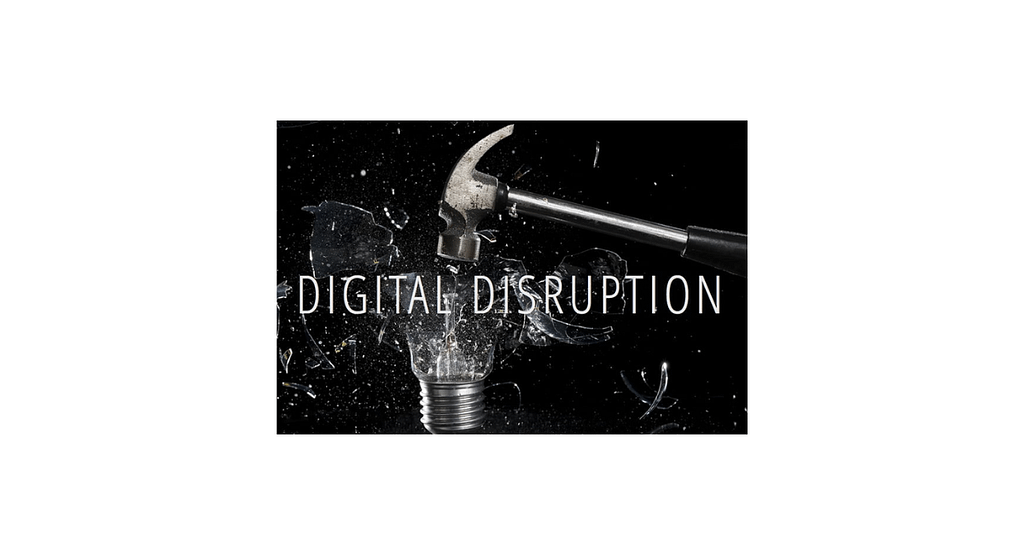From Disruption to Domination: Proven Strategies for Reliable Data Backup and Disaster Recovery to Build Unwavering Business Resilience

Key Takeaways
From Disruption to Domination
• Well-structured backup and disaster recovery plans are essential for every business, regardless of size or sector.
• Frequent testing, regular updates, and clear objectives minimize costly downtime and data loss.
• Cloud and hybrid backup options provide flexible, scalable solutions for modern threats.
From Disruption to Domination
• Employee training and real-world scenario planning play a critical role in effective data protection.
• Adapting strategies as technology and risks evolve keeps businesses ready for any disruption.
Why Every Business Needs a Disaster Recovery Strategy
Every organization, regardless of industry, location, or size, faces exposure to unexpected disruptions. Whether the threat comes from a cyberattack, a hardware malfunction, or a natural disaster, the effect can be immediate and overwhelming. Research indicates that the average cost of IT downtime can reach as high as $300,000 per hour for larger businesses, with even small and mid-sized organizations suffering significant financial setbacks and damage to customer trust.
The rising tide of ransomware attacks has transformed data loss from a minor inconvenience into a potential existential threat. Developing a comprehensive backup and disaster recovery plan goes beyond compliance checkboxes. It’s about ensuring quick adaptation when emergencies strike. Using specialized backup resources such as Nfina’s Backup and Disaster Recovery https://nfina.com/backup-and-disaster-recovery/enables businesses to view preparedness as a strategic advantage.
For more insights, check our full guide on data resilience at LinkSpeaks: https://linkspeaks.com
Common Threats to Business Data

• Malware and ransomware attacks that encrypt or steal data
• Physical disasters like floods, fires, or electrical surges
• Hardware failures, from aging drives to entire server racks
• Human mistakes, such as accidental file deletion or misconfiguration
• Power surges, utility failures, and network outages disrupt access to essential information
According to a recent report by BBC News (https://www.bbc.com/news/technology-66205001), ransomware incidents have drastically increased, targeting organizations of all sizes.
Core Elements of an Effective Backup Solution
| Element | Purpose |
| Automated, regular backups | Reduce chance of human error |
| Strong encryption | Protect sensitive data at rest and in transit |
| Defined RTOs and RPOs | Guide acceptable downtime and data loss |
| Documentation & protocols | Ensure quick crisis response |
| Scalability | Support business growth and evolving needs |
Comparing Cloud, On-Premises, and Hybrid Backup Models
Cloud solutions offer redundancy, scalability, and convenience with minimal upfront costs. On-premises systems provide strict compliance control and rapid restoration speeds. Hybrid models combine both approaches, offering speed, flexibility, and disaster resilience.
Steps to Plan and Implement Your Backup & Recovery Strategy
• Conduct a thorough IT audit to identify critical assets.
• Develop a backup schedule tailored to business requirements.
• Test partial and full restores regularly.
• Assign clear responsibilities across departments.
• Maintain updated documentation every six months or with major changes.
Fostering a Culture of Preparedness
Technology helps, but people make or break the strategy. Regular staff training, phishing drills, and open communication help organizations stay resilient. Leadership must foster a culture where mistakes become opportunities to learn.
Meta Description: Discover proven strategies for reliable data backup and disaster recovery. Learn how to build business resilience with cloud, hybrid, and on-premises solutions.
From Disruption to Domination

























